Learning How to Learn: Growing a PLN
/ As a teacher, professor, or instructor at any level, one of the keys to survival is knowing how to continually learn and grow. Personal learning is one of the characteristics of teaching effectiveness. It is easy to get stuck in a rut in any profession, but teaching is especially vulnerable to this tendency because teachers are continually having to adapt to new students, new materials, new mandates, and new approaches to learning. It's surprisingly easy to just find a comfortable middle ground and float along, usually at the students' expense.
As a teacher, professor, or instructor at any level, one of the keys to survival is knowing how to continually learn and grow. Personal learning is one of the characteristics of teaching effectiveness. It is easy to get stuck in a rut in any profession, but teaching is especially vulnerable to this tendency because teachers are continually having to adapt to new students, new materials, new mandates, and new approaches to learning. It's surprisingly easy to just find a comfortable middle ground and float along, usually at the students' expense.
One of the most rewarding endeavors I have ever pursued as an instructor is connecting with other educators in my PLN (personal learning network). Learning from other instructors, most of whom I will never meet in person, has expanded my knowledge, skills, and understanding of the teaching and learning process in amazing ways.
What do you mean by "connect"?
Over the past several years, I have participated in communities of practice with other educators around the world. Some of them live in my city, others live on the other side of the planet. I have used a variety of digital tools to create my PLN, all of which have contributed to my professional growth in some way.
Blogs
Over time I have created a list of blogs by like-minded educators who have a similar goal: design and implement innovative teaching strategies to increase student learning, engagement, and motivation. I use tools such as Feedly and Flipboard to aggregate blogs so I only have to look in one place to see updates and new content. Most of these blogs are focused on educational technology and classroom teaching, but just because I use technology to stay up to date does not mean I am only learning about technology. I have learned strategies for facilitating discussion, embracing diversity, addressing cheating, and many other teaching topics.
Communities
In addition to following a collection of blogs, I also participate in different communities. These communities are hosted on social networking sites, and they are pretty easy to follow. For example, I am currently in about 15 Google+ communities, and I can get updates on new posts by scrolling through my news feed. I also follow about 30 different educators and innovators through Twitter, and it is pretty easy to scroll through updates to see their latest ideas and discoveries. Finally, I have joined a few different LinkedIn groups, and I get a weekly digest of anything that has been happening there. The point is, I do not have to spend a lot of effort staying updated on what is going on in these different communities, and when I do get updates I almost always learn something new.
Participation
The final way that I have gotten involved in my PLN is to actually participate and be a contributor. This blog has become my channel for processing, sharing, and reflecting on my own teaching ideas. Most of my posts would just sit isolated in cyberspace if I did not share them with my communities. By not only learning from others in my PLN, but also sharing my own experiences, I have become an active participant in this global experiment known as the World Wide Web. It's one thing to try other people's ideas, but it is downright exciting to find out other people are learning from me and trying MY ideas with their students.
Casting the Vision
This semester in my graduate-level technology class, I decided to do something new. I created a semester-long project where my students would build, engage, and participate in their own PLN. The first phase required them to join various communities of interest and follow different folks on blogs and Twitter. I gave them some suggestions, but I know some of the students have already branched off into their own interests. The second phase was for them to share what they were learning within a private Google+ community that we all joined. This way we could share what we were learning in a safe, secure place. The last phase, which is still underway, will be for the students to share what they are learning within the communities they have joined. This may mean sharing items they find, writing and sharing their own blog posts, or participating in discussions online. Since this project is currently underway, I can't really measure whether or not it is going well. It's going better than I anticipated, but I will not know the extent of everyone's participation until a few more weeks have passed. It took me a few years to become fully immersed in my PLN, so I can't expect a full conversion from my students before we've even reached midterm. But I'm committed to see this through. I cannot understate the value of my experience learning from and engaging with other innovative teachers. It has been transformative and deeply rewarding, even though some of those other educators have no idea I am learning from them. I would be remiss not to provide the same opportunity to my students.




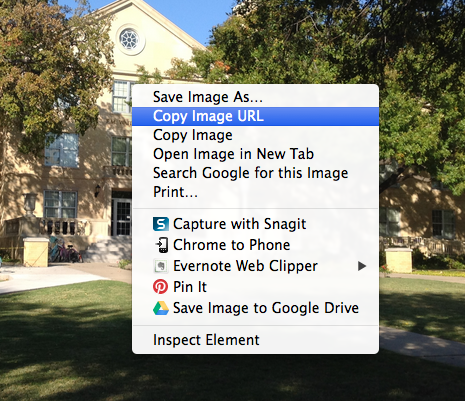
 Turning something into a game does not necessarily mean people will suddenly like it. Atari learned this the hard way with their
Turning something into a game does not necessarily mean people will suddenly like it. Atari learned this the hard way with their 
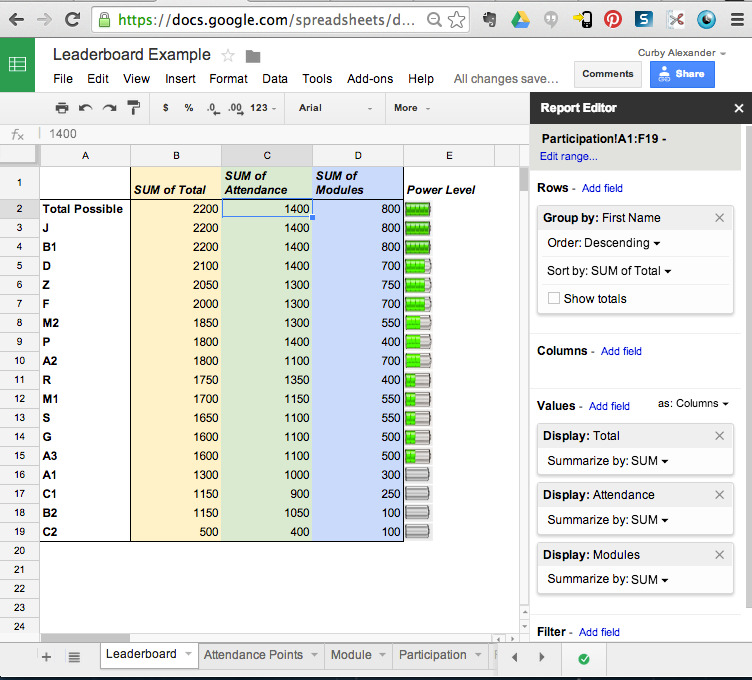



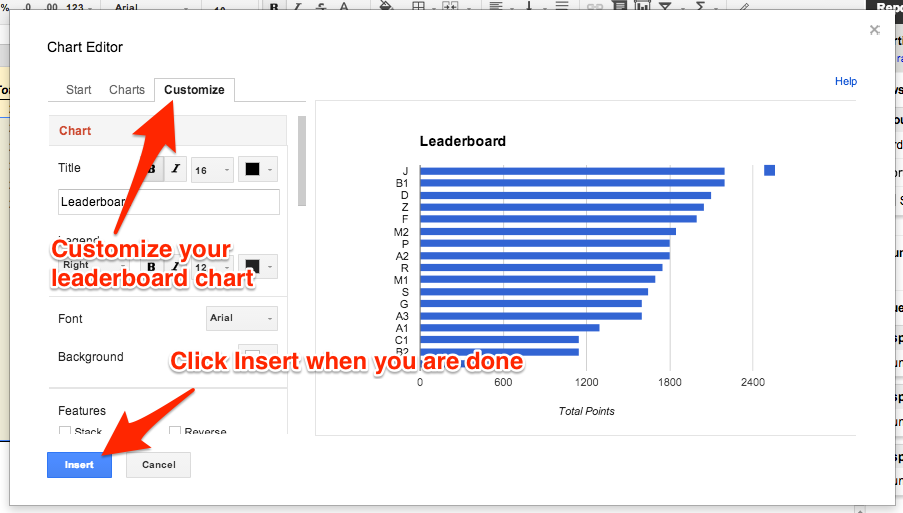

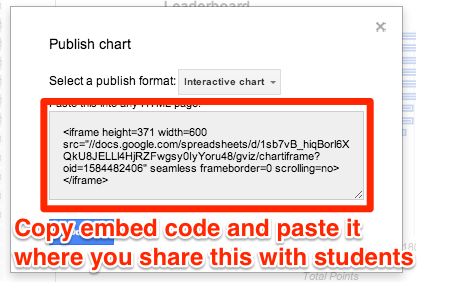
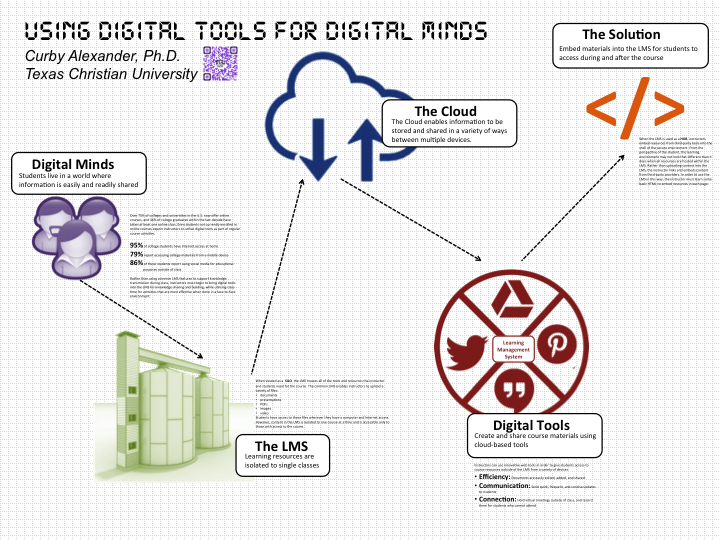



 It's that time of year again, when I spend a lot of time reflecting on the semester and academic year. I have already
It's that time of year again, when I spend a lot of time reflecting on the semester and academic year. I have already